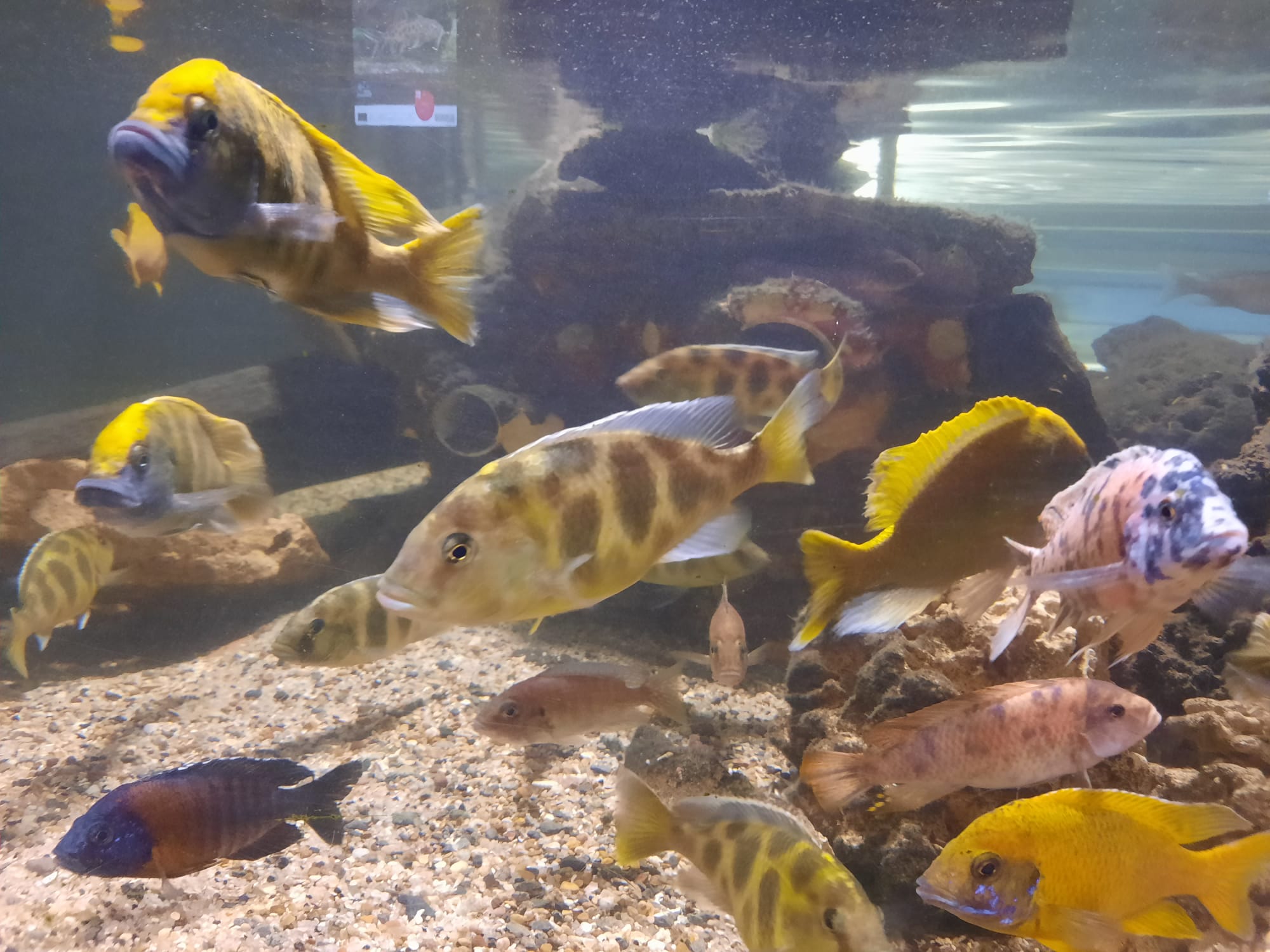Galway Atlantaquaria (+ Museological Musings On Aquariums)
Ireland’s national aquarium is in a great setting overlooking the Atlantic. In this post we consider whether museological musings translate to a living, aquatic setting.
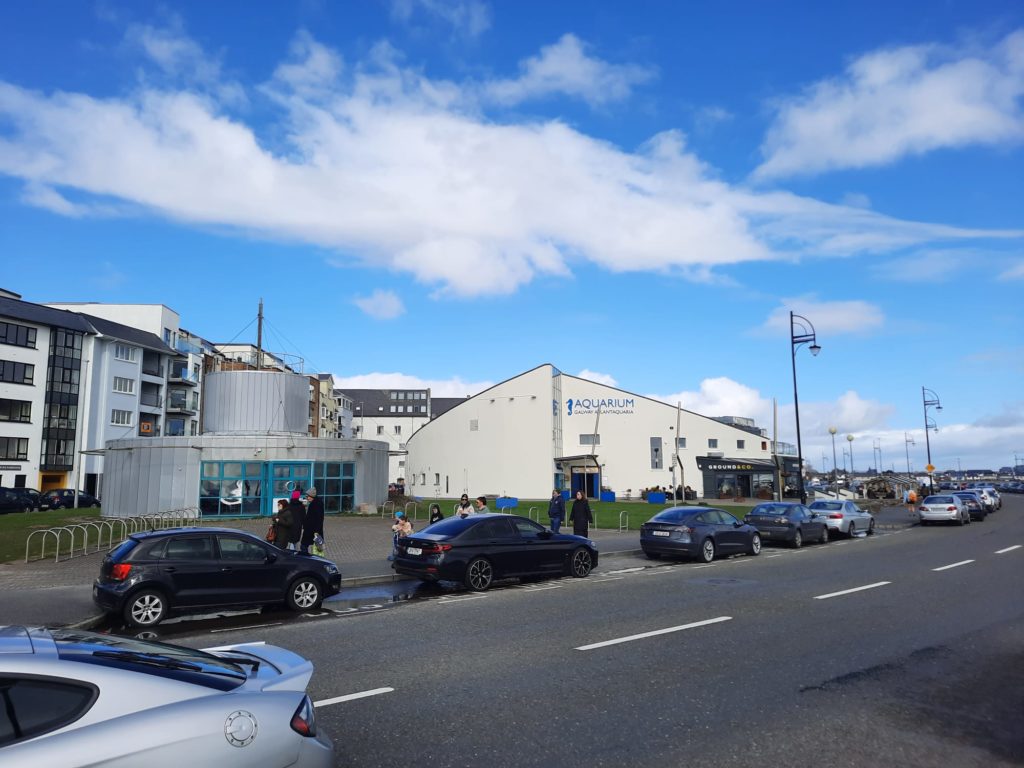
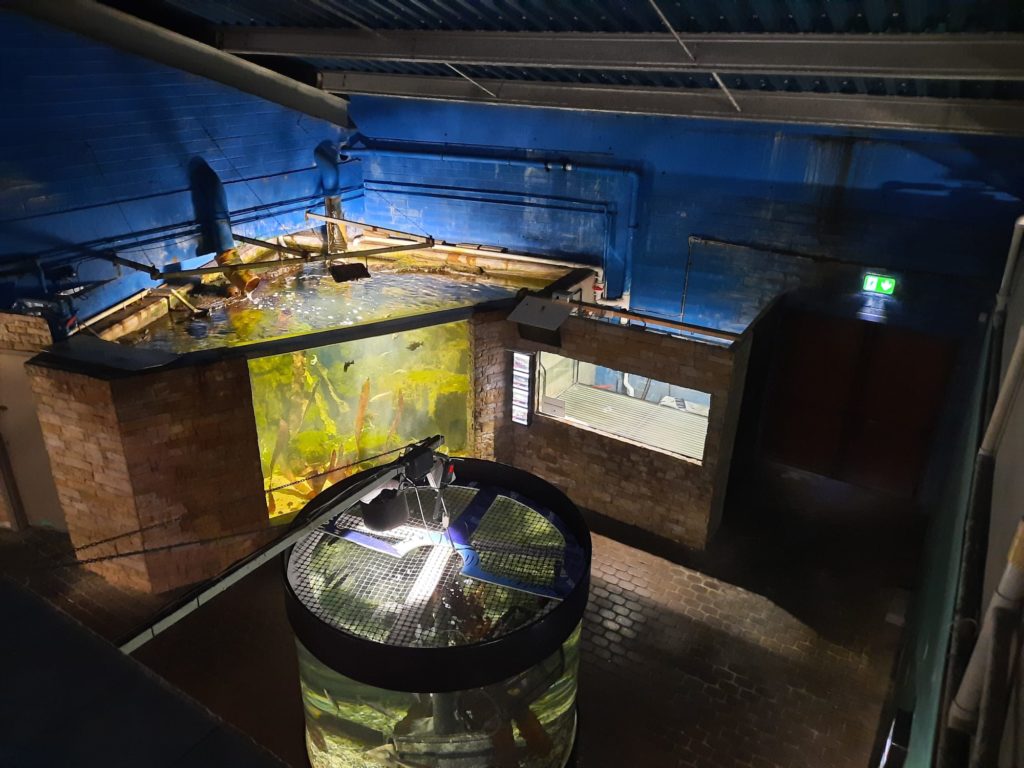
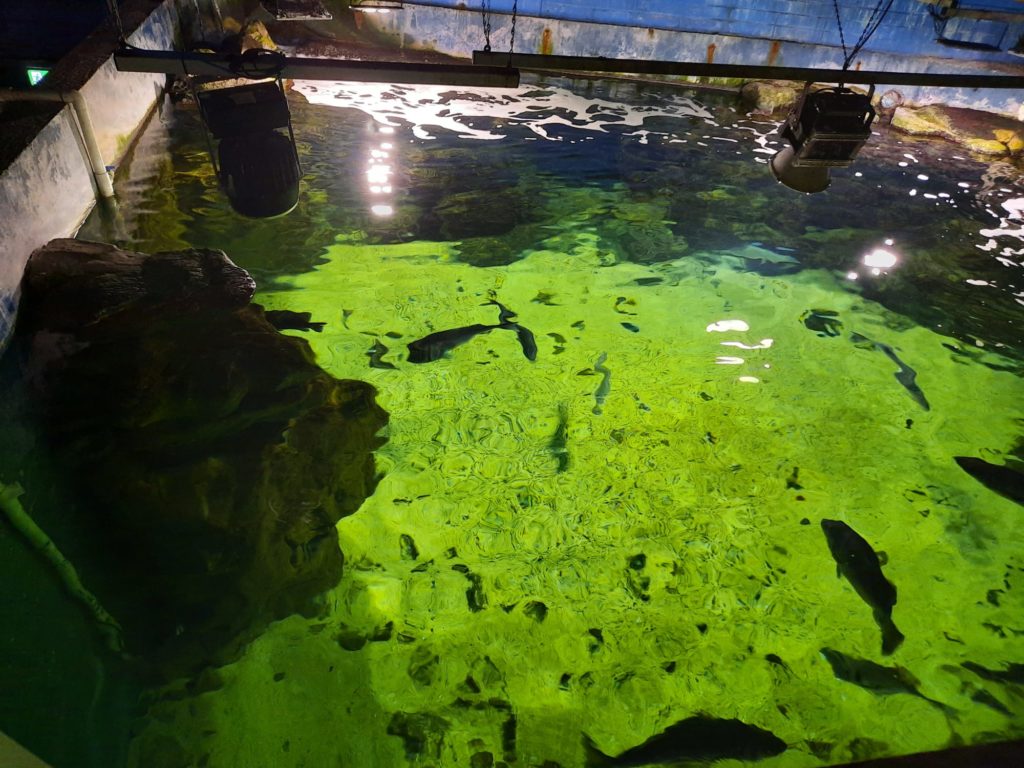
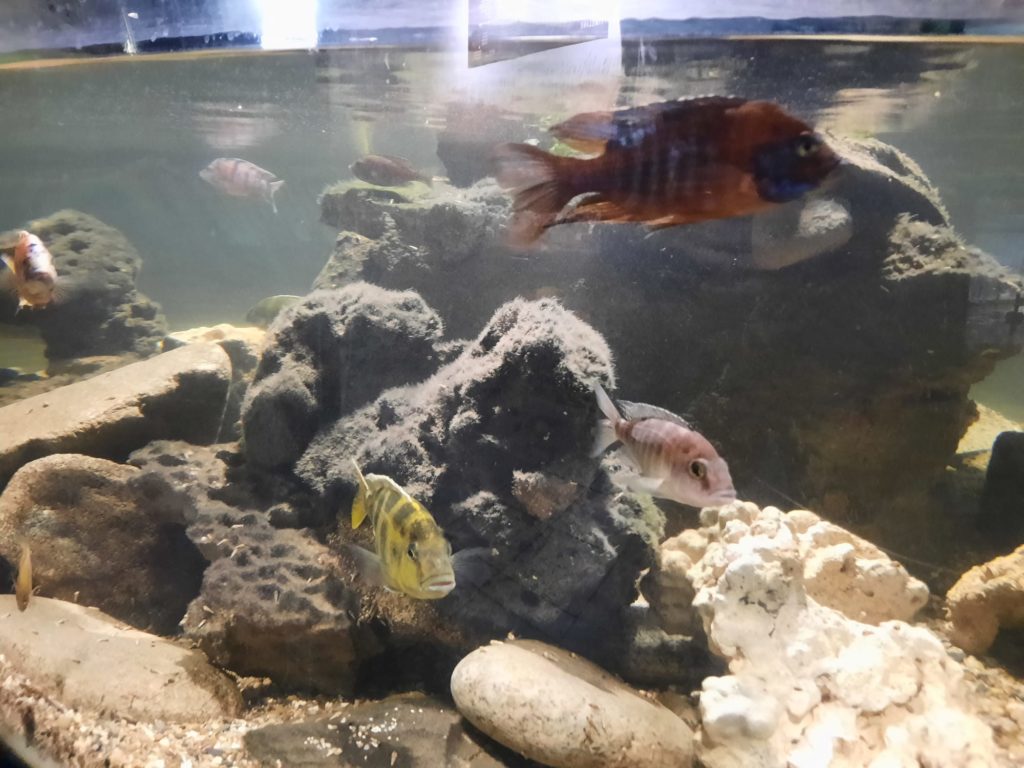
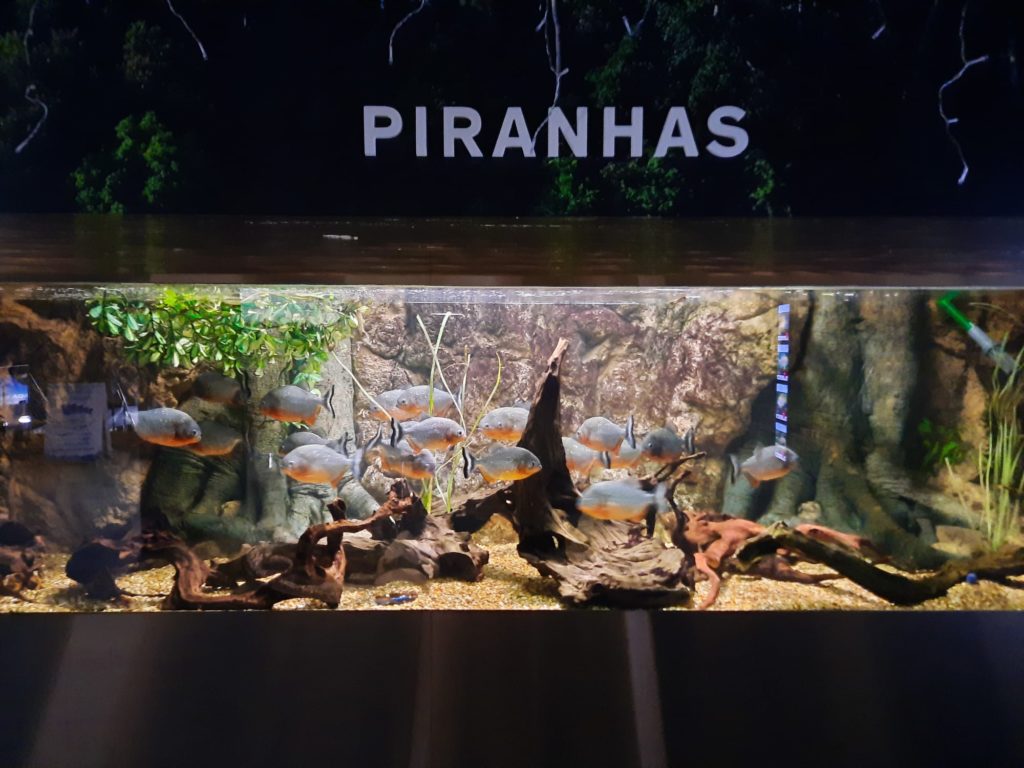
An Aquarium On The Salterton Arts Review?
The short answer is yes. I did think for a while about whether to create a post dedicated to the Galway Atlantaquaria. It was already getting a mention in my weekend guide to Galway, you see. But during my visit I found myself pondering why this was a question in the first place. If I go to a museum or a historic site, you hear about it. I’ve even described my experiences in botanic gardens in London, Italy and New Zealand. So why do I discern a difference between these types of experiences, and aquariums (or aquaria if you prefer that spelling)?
I think that it’s something to do with both history and purpose. Many botanic gardens are centuries old, and so fit comfortably into my mental category of ‘historic sites’. Aquariums, on the other hand, tend to be more recent establishments. I also tend to think of them as places for entertainment (as well as having an educational function), so there’s probably a degree of intellectual snobbery or maybe misreading going on there. So I challenged myself to find out more about aquariums and to see whether I could apply a museological lens to the Galway Atlantaquaria.
One of the best overviews I found came from somewhere very close to home, the Horniman Museum. The Horniman has its own aquarium, and this article gives a good overview of their history and evolution. Although fish were kept for personal pleasure and interest in Ancient Rome and in Asia, the aquarium as we understand it today required later technological developments to come into being. Specifically affordable and reliable plate glass. Exotic aquatic specimens began to be transported to Europe as interest in scientific classification and cabinets of curiosity grew, but preserving living creatures was difficult. What we think of today when we think of an aquarium is thus a 19th Century construct.
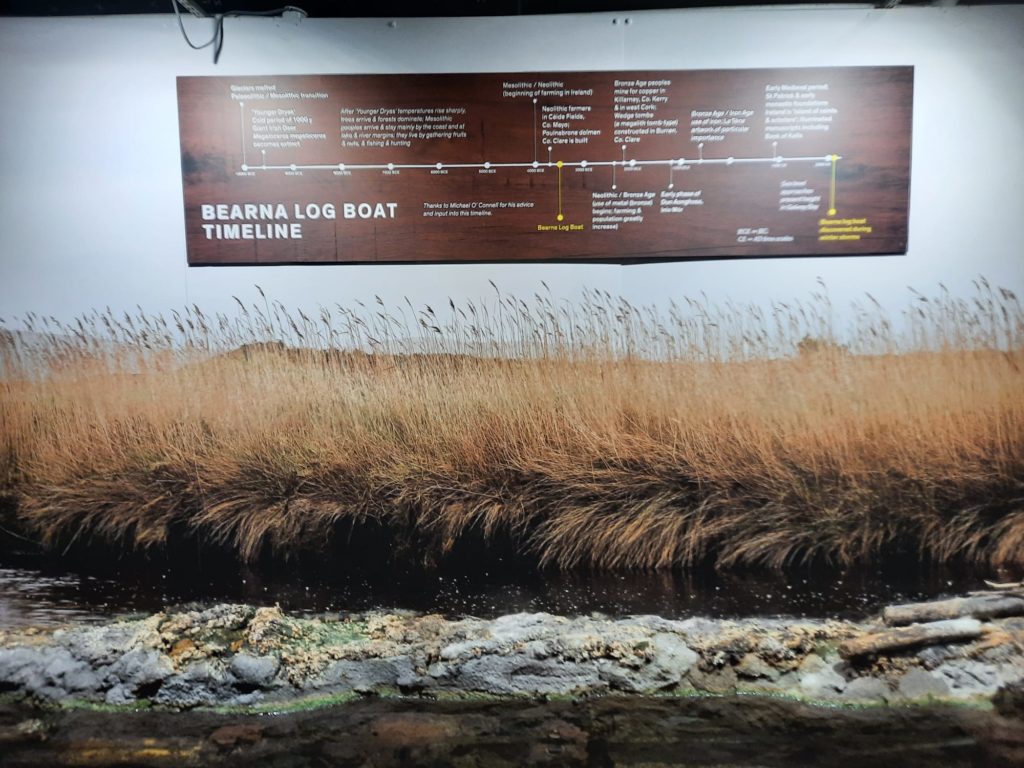

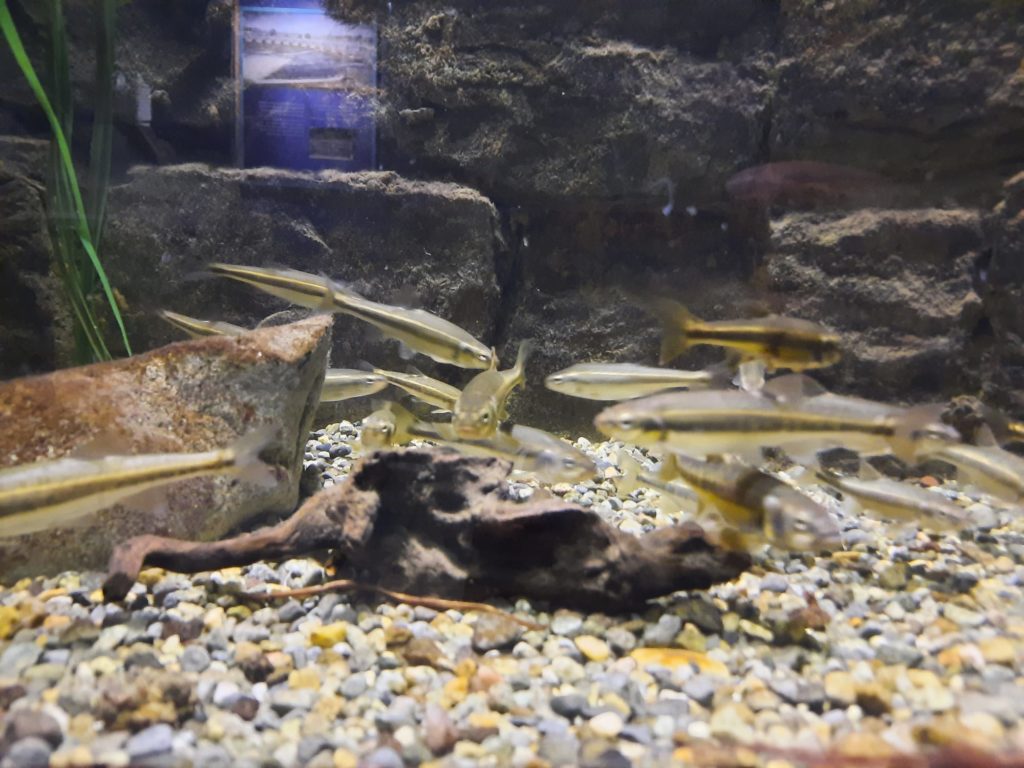
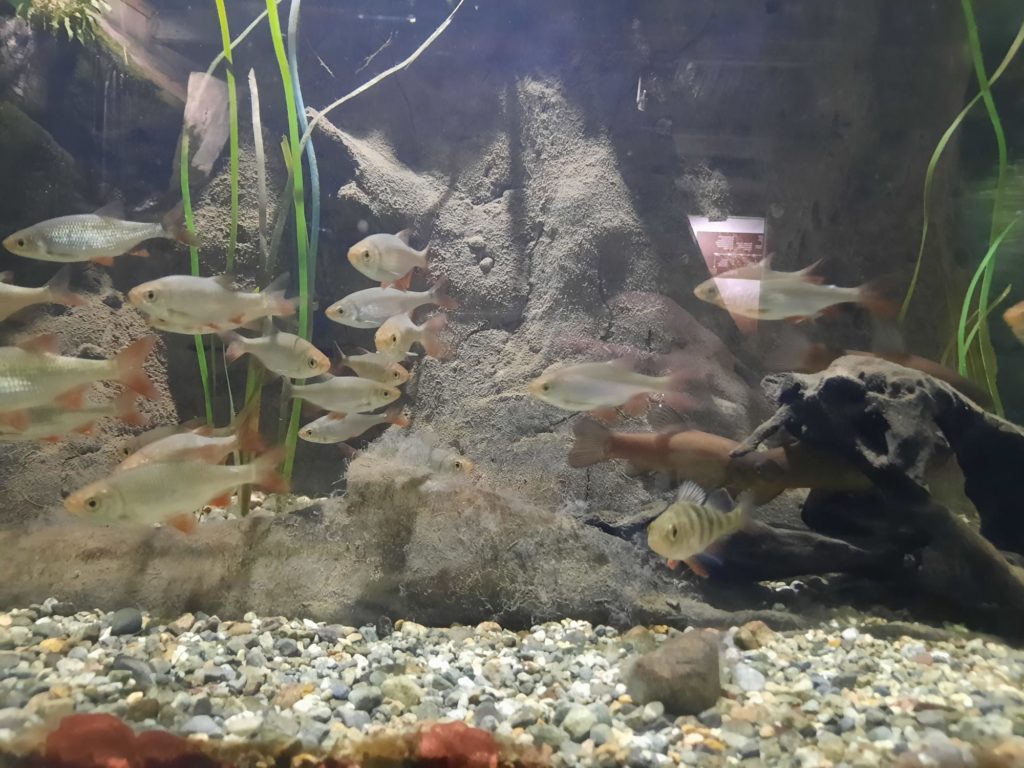
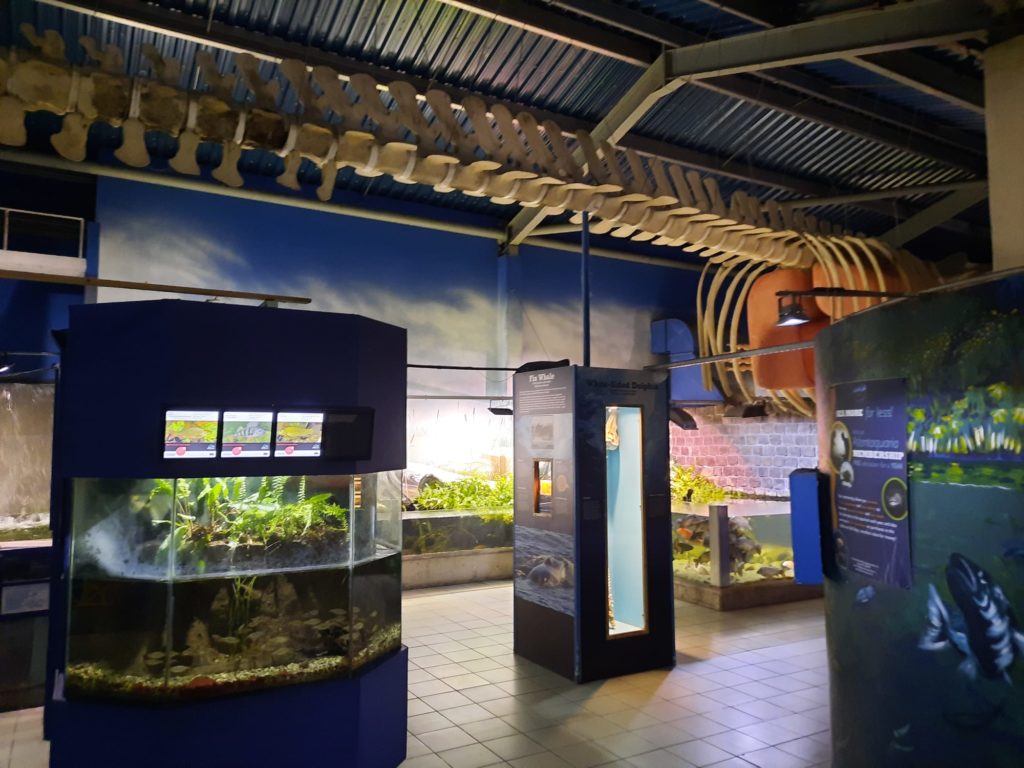
From Early Aquariums To The Galway Atlantaquaria
Zoologists began to shift from keeping creatures in available containers (jars and vases etc.) to rectangular tanks. The tanks had better visibility and possibilities for creating realistic environments. This shift was made easier as plate glass technology improved and costs reduced. At first tanks needed significant intervention to keep the water fresh and the fish alive, but gradually methods improved here too. There was a perhaps predictable Victorian mania for home aquariums, particularly after Britain’s first large-scale aquarium opened at the Crystal Palace in 1871.
Over the course of the 20th Century, one criticism of aquariums began to mount. This was to do with conditions. Often public aquariums had high mortality rates and needed to be replenished frequently with new stock. Towards the end of the 20th Century the focus began to be on conservation, stable tank ecologies and public education.
Galway Atlantaquaria is very much in this vein. It is Ireland’s largest native species aquarium, so focuses almost entirely on understanding and education on the underwater habitats in and around Galway. The exhibits balance providing healthy environments for marine life with providing a satisfying visitor experience. There are a few nods to entertainment still, with a piraña tank and a ‘Finding Nemo’ sort of display with clown fish and blue regal tang. But overall the Atlantaquaria sticks closely to its mission of focusing on the Atlantic on its doorstep. Let’s move on now to considering all this from a museological perspective.
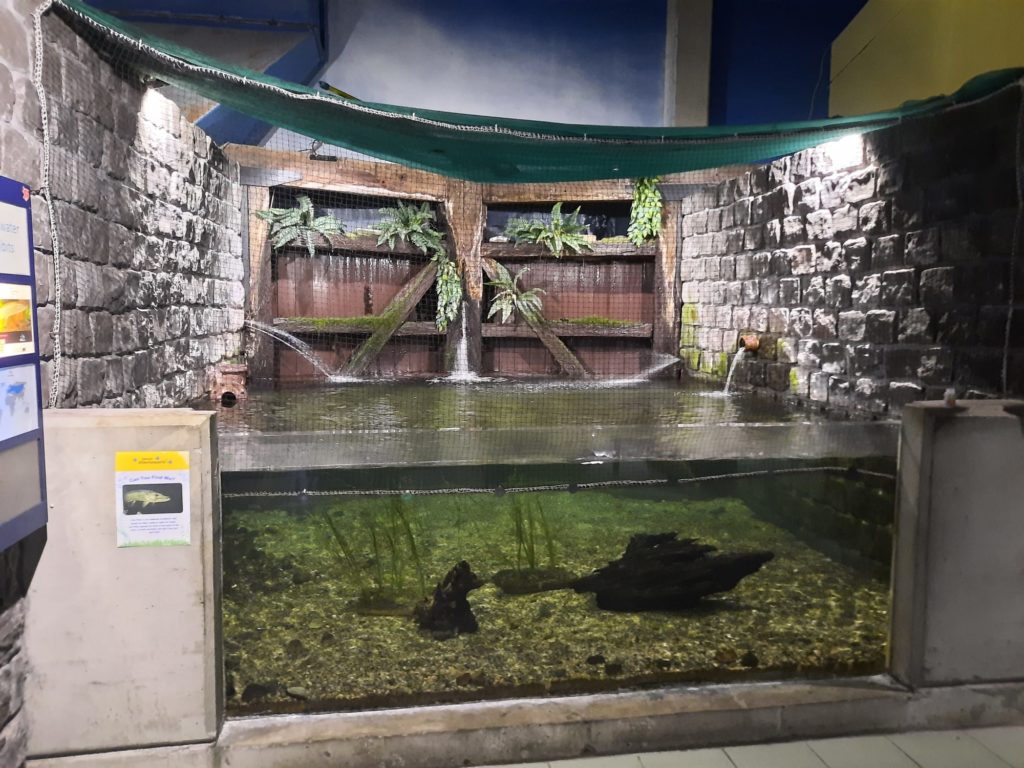
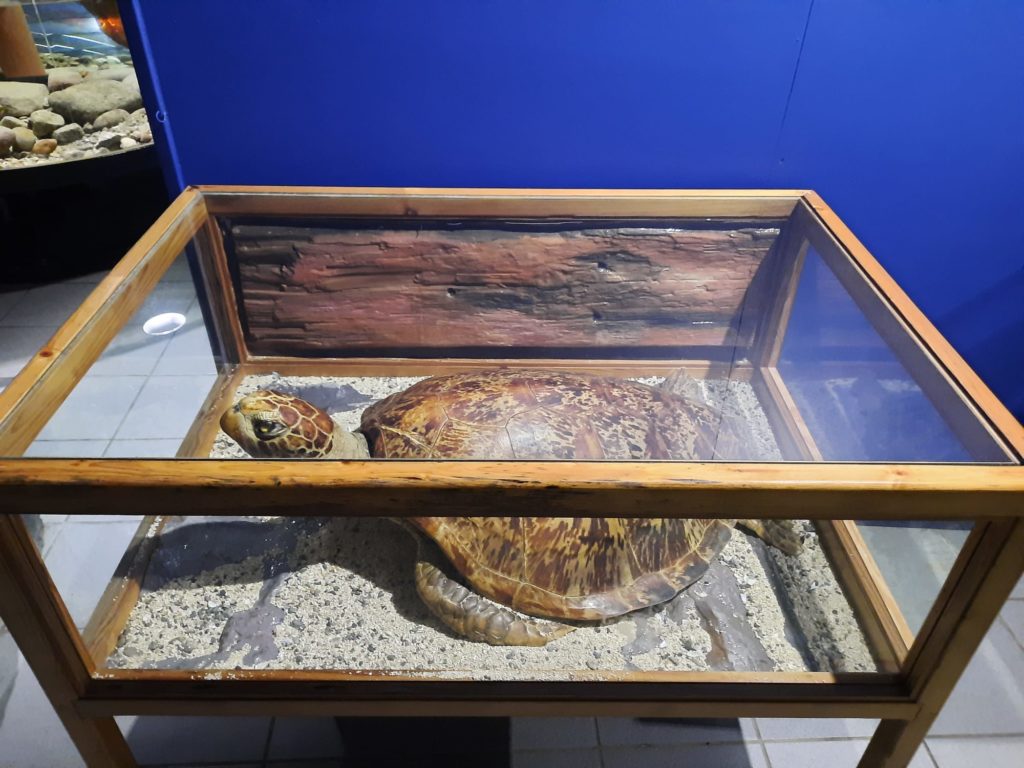

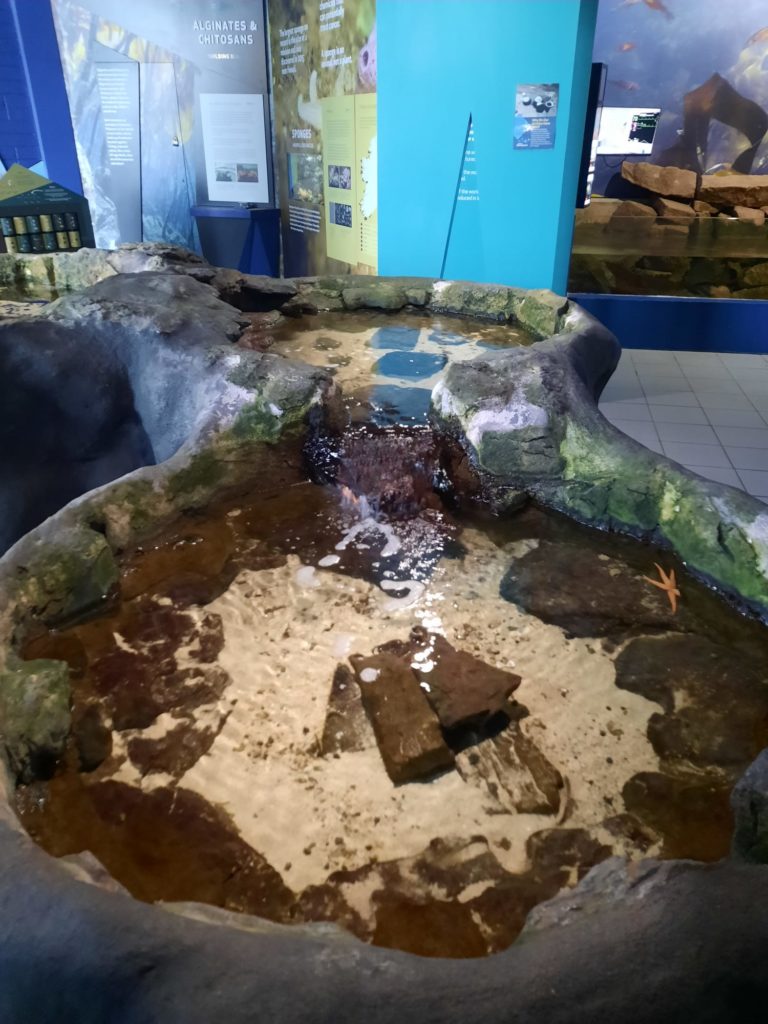
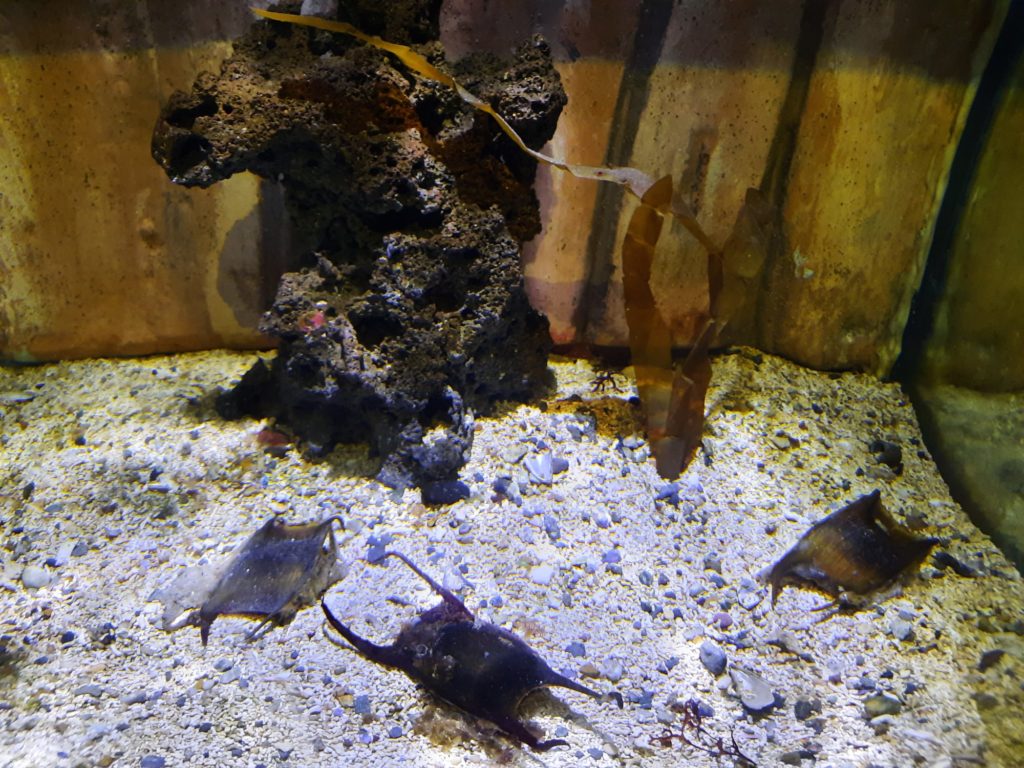
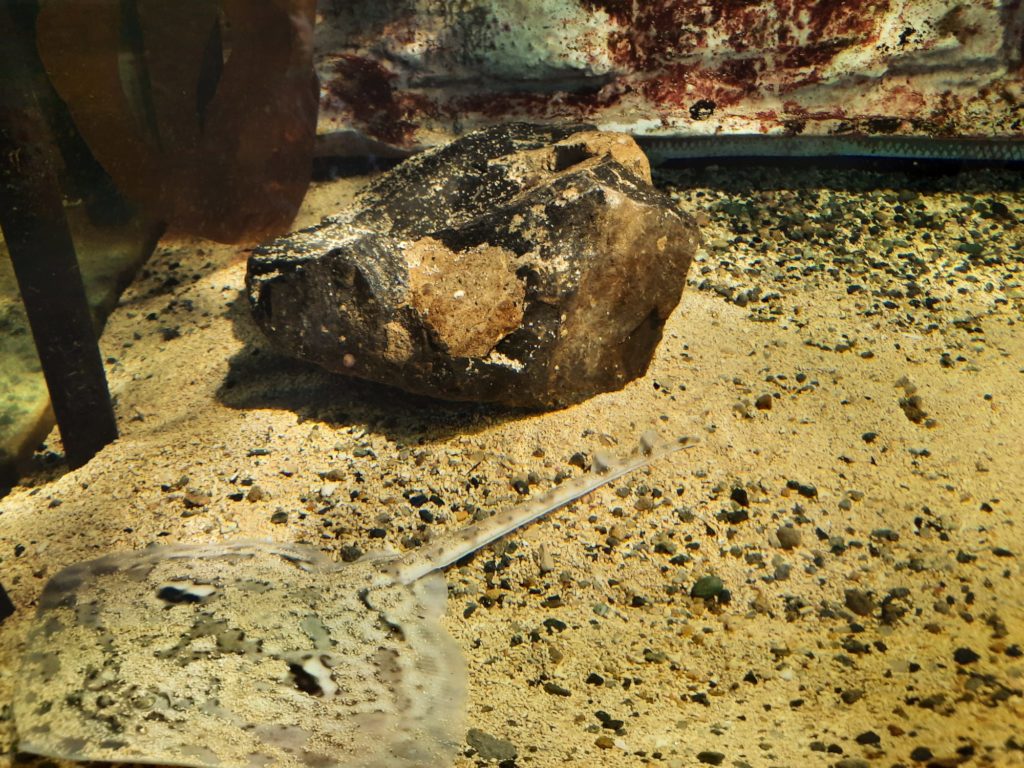
Galway Atlantaquaria From A Museological Perspective
The Salterton Arts Review exists primarily because I have a degree in Museology and like to apply this perspective to the things I visit (lucky you!). What can this tell us about the Galway Atlantaquaria? Well, maybe I didn’t need a degree to identify that the primary difference between a museum and an aquarium (or zoo, or botanic garden) is that in the latter, the exhibits are alive. The museum takes objects or preserved specimens out of their original context in order to explain something about them. The aquarium (or other living display) recreates the original context in the pursuit of a similar aim.
There is something there about simulation and Eurocentric ways of arranging the world, because this recreation can never be faithful. A fish in an aquarium isn’t living the same life as a fish in a natural environment. The Galway Atlantaquaria nonetheless visually recreates a lot of different local environments, like a harbour, weir, canal and so on. Significant intervention is required to maintain life within these tanks, and of course fish and visitors interacting with each other is another unnatural element.
Because the aquarium is not a true recreation of nature, it therefore becomes about two things, at least in its latest incarnation. Firstly the advancement of science (what can we learn about the natural world through this controlled environment?). And secondly about disseminating ecological messages (why is it so important for us to protect and preserve nature?). Both of these threads come through strongly at the Galway Atlantaquaria. We can see them both in the arrangement of the different environments, and in focuses on things like medical technology and climate change.
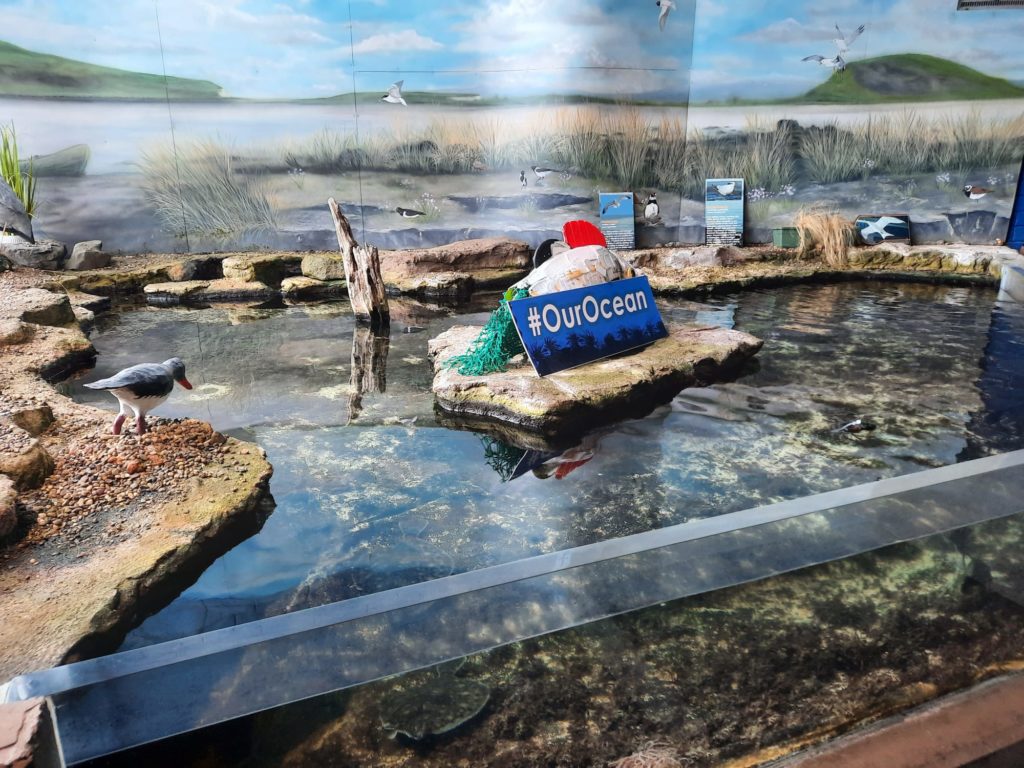
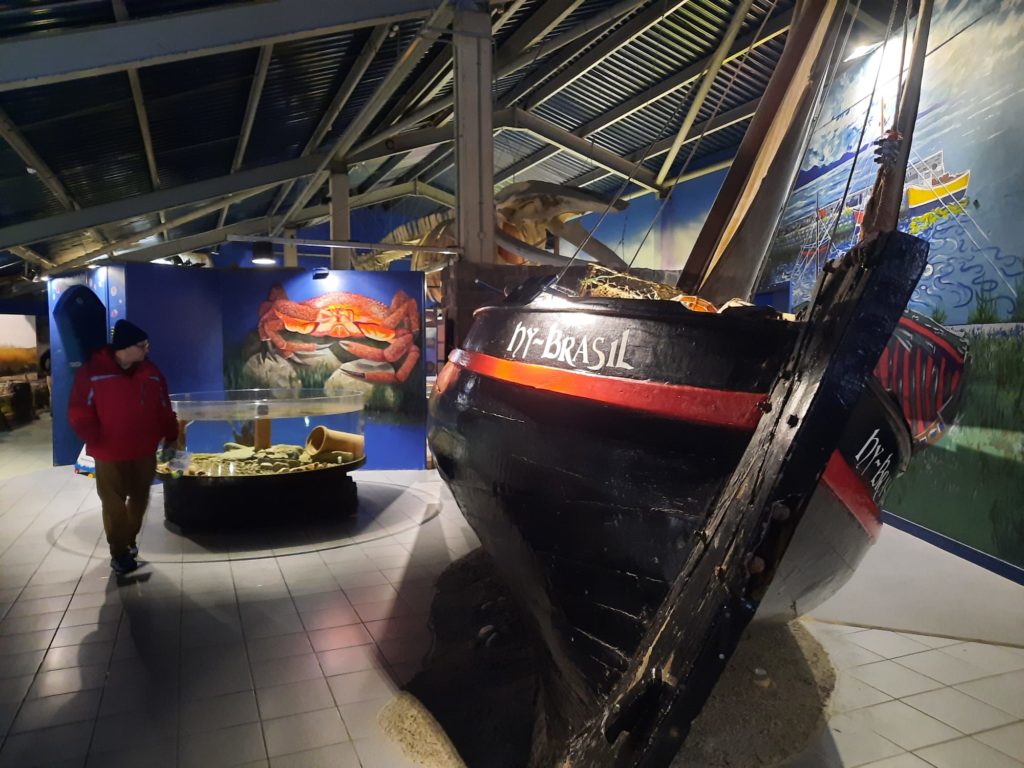
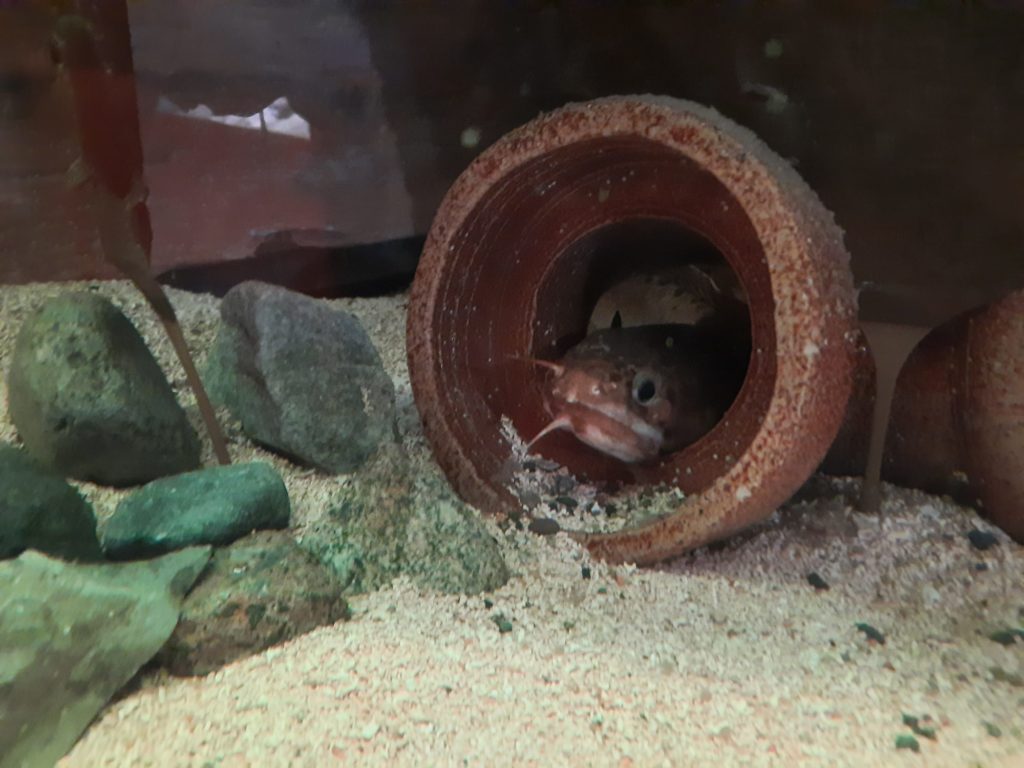
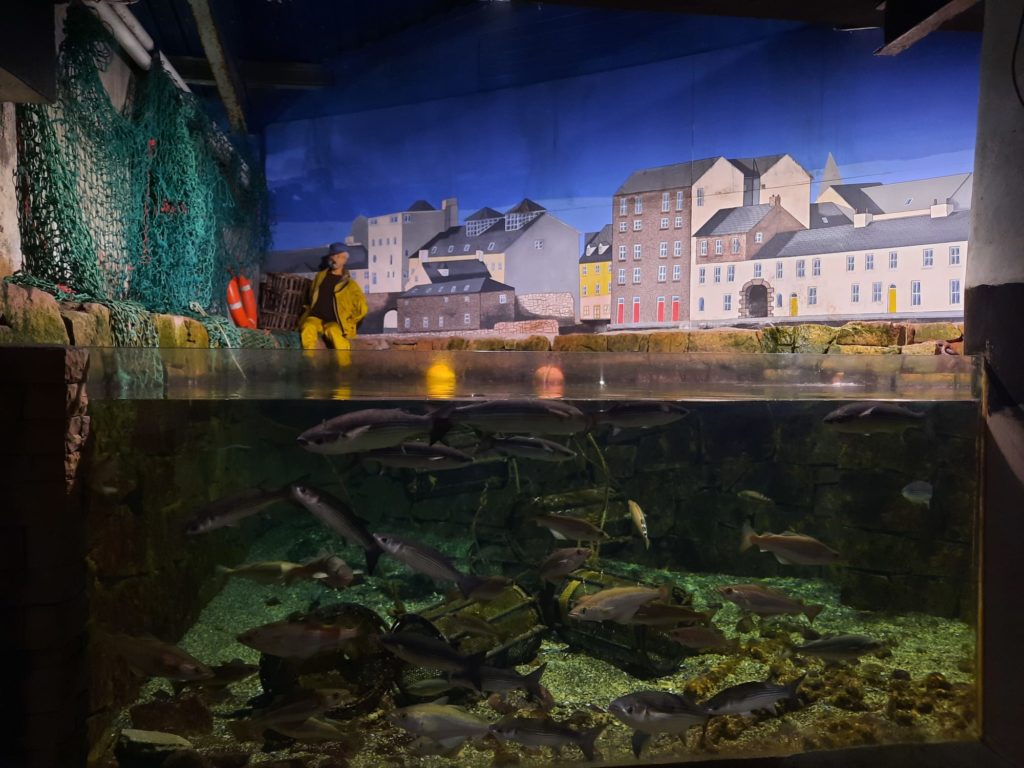
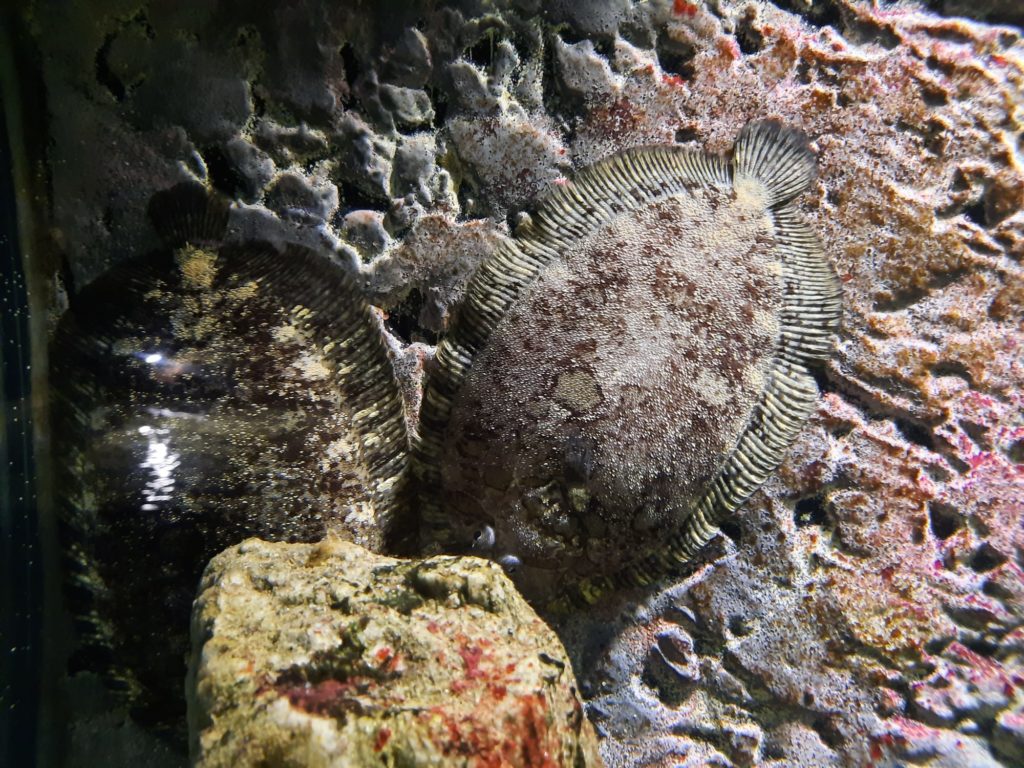
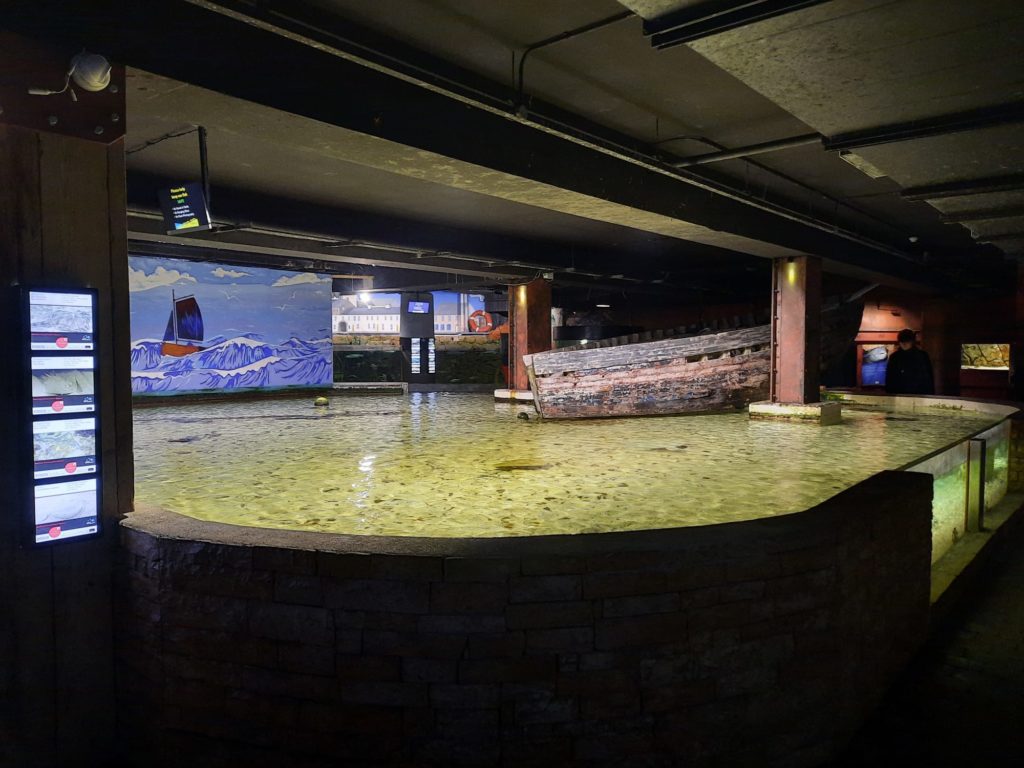
But Is It Somewhere I Should Visit?
What I learned from my short foray into aquariums and museology is rather interesting. The imperatives which brought aquariums into being (technical mastery and Victorian fashion) no longer exist. Aquariums have therefore had to reinvent themselves, and take on new missions and welfare standards in order to adapt to the modern world. Underneath it all, however, they still walk that line between entertainment and scientific/educational purpose. This is particularly the case because aquariums (and zoos) have high overheads and therefore need to engage a wide variety of visitors in order to pay their way.
The Galway Atlantaquaria is an example of an aquarium which has fully embraced this modern mission. The various creatures live mostly in comfortable environments which mimic the real world. Rather than selecting from the full range of exotic sea creatures, the Atlantaquaria, as the name suggests, stays mostly close to home. It is nonetheless an interesting place to visit for families and adults, casual visitors and those with a keen interest in marine biology.
An aquarium, especially if it puts welfare standards first, is perhaps never the most comfortable place to visit. It is necessarily big, a little chilly, and probably damp in places. Such is the case here. I also thought they could do with a little more seating so that visitors can watch the sea creatures going about their business and interacting. I really enjoyed the spots where I could do this. But, these considerations aside, I passed an interesting hour or two at the Galway Atlantaquaria, and would recommend it for visitors to Galway, particularly if you’re planning to be in Salthill. The cafe below is a nice spot to refuel, particularly if the weather outside is typically Atlantic.
Trending
If you see this after your page is loaded completely, leafletJS files are missing.

